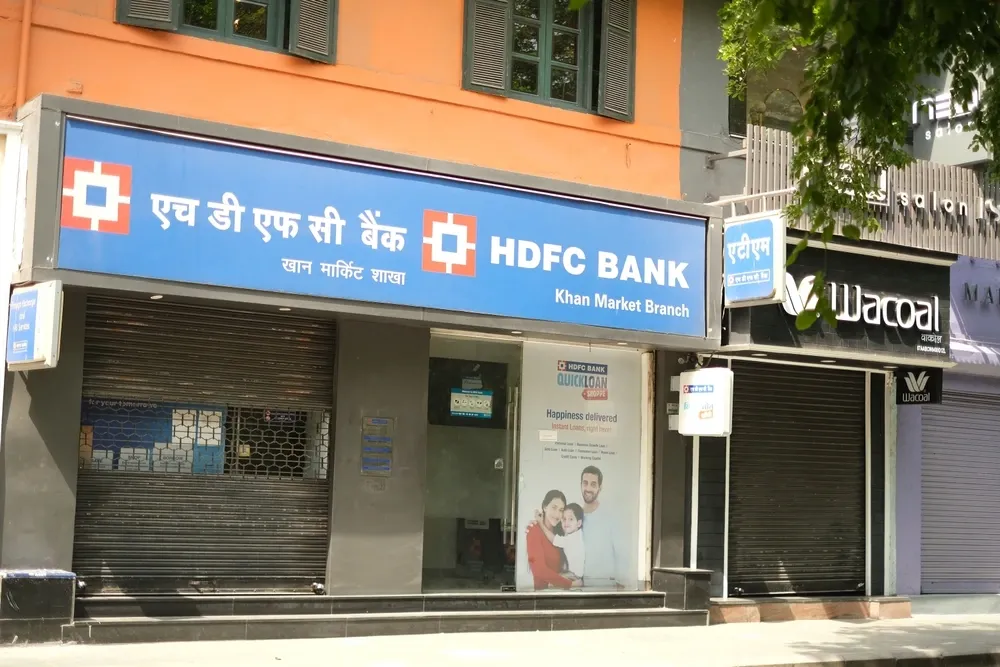
Understanding the quarterly performance of major banks is important in this ever-changing financial landscape. The largest private-sector bank in India, HDFC Bank, recently reported its Q3 results, which reflect a mix of growth and challenges that mirror broader economic trends. The article explores the key highlights from HDFC Bank’s performance and analyzes their implications for investors and the financial sector at large.
Understanding the Growth Metrics
HDFC Bank’s net interest income (NII) saw a noteworthy growth of 7.6%, reaching ₹30,655 crore, compared to ₹28,871.3 crore in the same quarter of the previous fiscal year. This uptick is significant as NII is a critical indicator of a bank’s profitability derived from its core banking operations. Standalone Net Profit, it reported, marginally grew up by 2.2% over the year back to ₹16,735.5 crore. Of course, even though growth has slackened off on a quarteronquarter basis, but it has steadied and points in the right direction in this high competitive banking marketplace.
Fall in Provisions
Another marked feature of this report of HDFC Bank, was a collapse in provisions. Indeed, this tumbled 25% at ₹3,153 crore. Provisions are crucial as they account for potential loan defaults and contingencies. A reduction in these provisions indicates improved confidence in asset quality and a more optimistic outlook on the bank’s loan portfolio. However, it’s essential to note that provisions for bad loans did see a sequential increase of 16.8%, suggesting an area of concern that may require closer monitoring moving forward.
Asset Quality and Non-Performing Assets
Despite the positive indicators, HDFC Bank’s asset quality showed signs of deterioration, with gross non-performing assets (GNPAs) rising to 1.42% from 1.36% in the prior quarter. This increase in GNPAs, particularly a 51% rise in net non-performing assets (NPAs), raises alarms about the bank’s risk management strategies and the potential impact of economic headwinds. Investors should be mindful of these trends as they could affect the bank’s operational stability in the future.
Deposits and Advances: Mixed Signals
On a positive note, HDFC Bank’s deposits grew significantly by 15.8% year-on-year to ₹25.6 lakh crore. This is a strong indicator of customer trust and the bank’s ability to mobilize funds. Conversely, advances saw muted growth of just 1.3%. This juxtaposition highlights a crucial challenge: while the bank is adept at attracting deposits, it may struggle to translate this into loan growth, a vital aspect for enhancing profitability.
Market Reaction and Investor Sentiment
Following the earnings release, HDFC Bank’s stock price climbed by 1.57%, reflecting a degree of investor confidence despite the mixed results. The bank’s performance is closely watched as it represents broader economic trends. With the Nifty and Sensex indices responding positively, it can be inferred that investors are cautiously optimistic about the bank’s strategic direction amidst a backdrop of uncertainty in the market.
Conclusion: What Awaits?
There is much to understand as HDFC Bank navigates a fairly complex financial landscape, best reflected in its Q3 results. On one hand, the growth in net interest income and deposits is commendable, but on the other hand, the rising NPAs, accompanied by muted loan growth, pose a risk. Inputs to such insights would definitely aid investors to make better decisions. Keeping an eye on HDFC Bank’s future strategies and market conditions will be essential as they seek to maintain their competitive edge in the banking sector.







